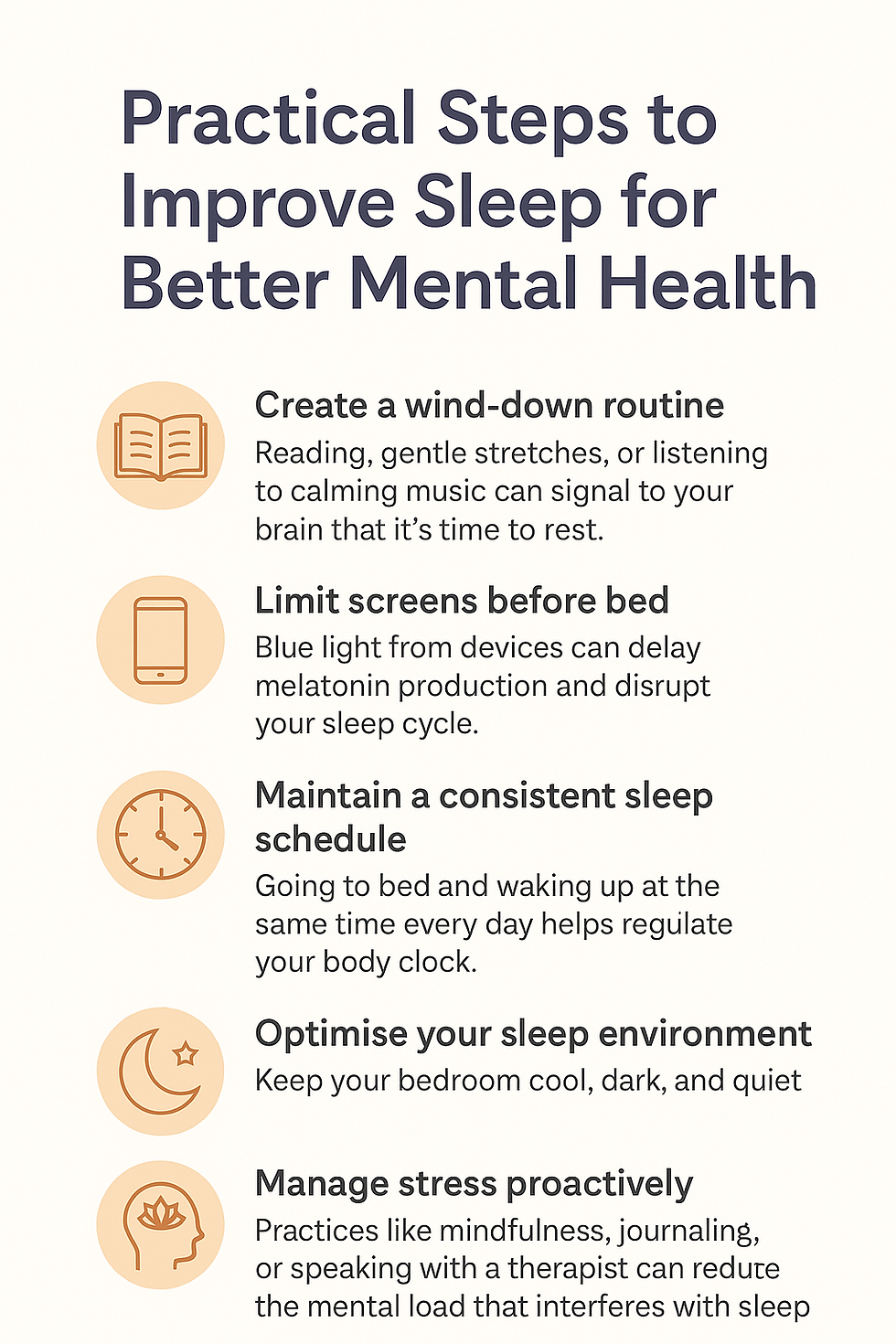What Does It Mean to Create Space for Healing?
- Deborah Marks
- Aug 27
- 3 min read

Healing is not something that happens overnight, and it is rarely a straight line. For many people, the idea of “creating space for healing” feels abstract, something nice in theory but hard to practice in daily life. Yet, this idea is at the heart of emotional wellbeing, recovery, and personal growth.
So, what does it really mean to create space for healing, and how can therapy support this process?
Understanding “Creating Space”
To create space for healing means to intentionally allow time, energy, and compassion for your wellbeing. It is about slowing down enough to notice what is happening inside you, listening to your needs, and making room for emotions that may feel uncomfortable or overwhelming.
In a world that values productivity, achievement, and constant positivity, creating space can feel countercultural. But it is also an act of self-compassion. It is the moment you say to yourself, “I don’t need to have it all together right now. I can move at my own pace. My struggles deserve to be acknowledged, not dismissed.”
“I don’t need to have it all together right now. I can move at my own pace. My struggles deserve to be acknowledged, not dismissed.”
Why Space Matters
When we create space, we give ourselves permission to truly feel. This prevents emotions from being suppressed or pushed aside, which often leads to stress or burnout later on. It also reduces the shame many people carry. the false belief that needing time to heal means they are weak or failing.
Healing space allows the mind and body to reconnect, easing tension and creating more room for resilience. Instead of pushing ourselves to “move on” too quickly, this space provides the foundation for genuine recovery.
Everyday Ways to Create Space for Healing
While creating space might sound big, it often begins with small, intentional shifts:
Allowing yourself to rest instead of filling every spare moment.
Saying no to commitments that drain your energy.
Journaling, meditating, or simply pausing to reflect on your day.
Spending time in nature, letting your senses ground you in the present.
Each of these practices communicates something important: it is okay to slow down, it is okay to feel, and it is okay to take time.
The Role of Therapy
Therapy itself is one of the most powerful ways to create space for healing. In a counselling session, you don’t have to wear a mask or minimise your feelings. Instead, you step into a safe environment where your emotions are acknowledged and respected.
Working with a therapist means you are not carrying your struggles alone. Together, we can unpack your experiences at a pace that feels manageable, allowing silence where it is needed, or guiding you gently when you feel stuck. Over time, this process builds resilience and helps you approach challenges in healthier, more sustainable ways.
Closing Thoughts
Creating space for healing does not mean stepping away from life altogether. It means weaving compassion, rest, and support into your journey so that healing can happen naturally, without being forced.
If you have found it hard to create that space on your own, therapy can provide the support you need. At Hope Prevails (Gold Coast), I offer private sessions where you can feel safe, heard, and supported as you navigate your healing journey.



Comments